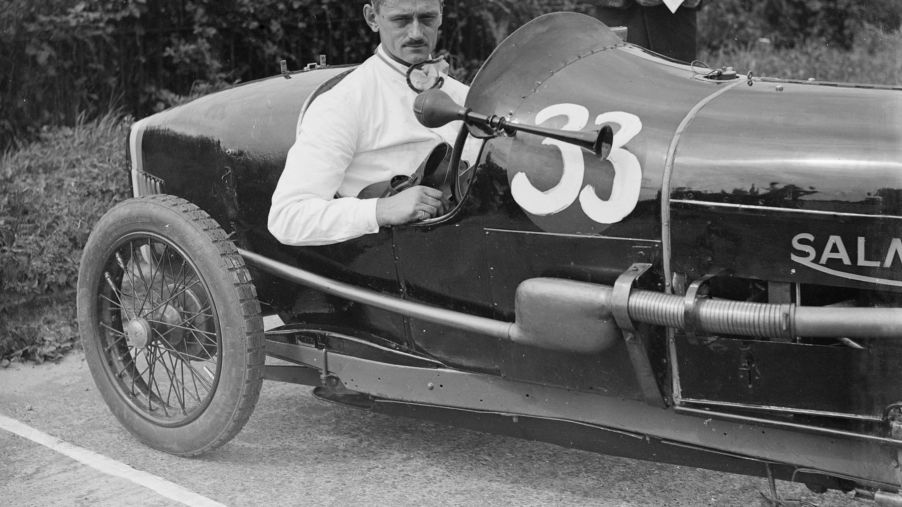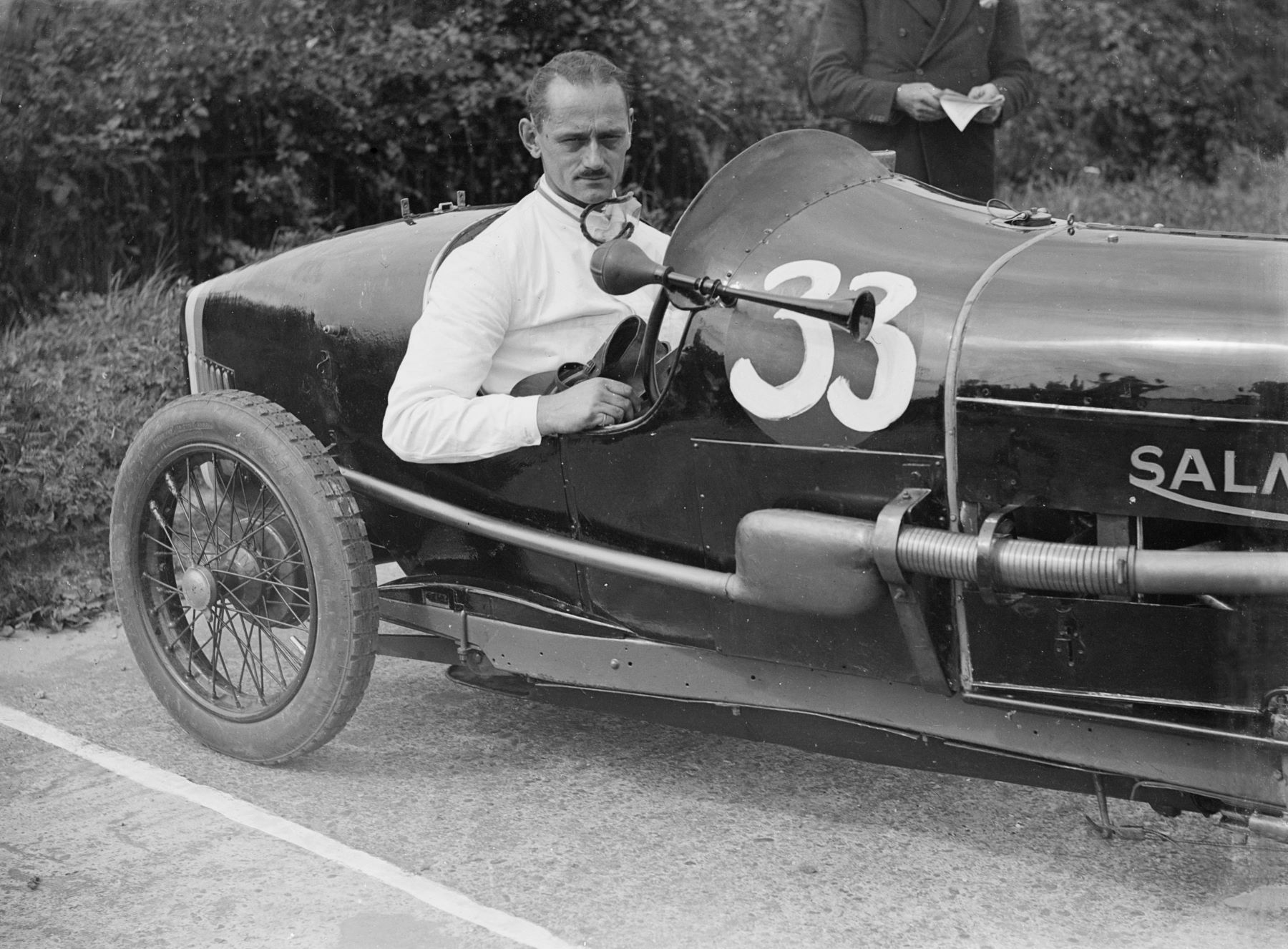
Here’s Why Car Horns Sound Different Across Makes, Models, and Countries
When it comes to auto parts, there’s one with an interesting history that is often overlooked. It’s inauspiciously placed in our car to the point where we often forget it exists. However, when someone cuts off in traffic, our hands are all over it.
That’s right, the car horn is an especially important car safety feature that we don’t think about until we need it. Throughout its century-old history, the car horn enjoyed its fair share of noteworthy developments.
A brief history of the humble car horn

According to AAA, in the car’s early days, the car horn was supposed to be honked frequently when you were coming around the corner to alert pedestrians. There were several types, including an air horn, an exhaust horn, and an electric horn (similar to current models). There was also the klaxon horn, which emitted a very loud and harsh sound. It quickly became the standard, as it was built into the Ford Model Ts, which were ubiquitous in the early twentieth century.
However, by the 1930s, electric horns supplanted the klaxon. As per The Gainesville Sun, car horns typically play an A and F tone combination. However, automakers have experimented with optional tonal packages, such as a C and D combo introduced in the 1970s. Still, it’s been more profitable to mass-market inexpensive horns from third-party suppliers that play notes A and F.
The fundamental design of car horns hasn’t changed much. However, depending on the automaker and country where they are produced, the horns may be made of different materials, impacting sound and operating life. In the U.S., for example, carmakers use lightweight aluminum to maximize fuel economy.
Why do horns sound different in different models, makes, and countries?
Automakers take great pains to ensure that car horns meet the market’s regulatory standards and cultural norms they’re sold in. For example, in Sri Lanka, a recent regulation forced car makers to reduce the maximum decibel output to 105 decibels when heard from 2 meters away. By contrast, in the U.S., the expectation is 110 decibels, though there is no federal standard. However, different states and localities have specific laws regulating car horn noise.
To account for frequent car horn usage in heavily congested cities in India and Asia, automakers there make them out of tungsten to make them last longer. In these countries, automakers also often use disc horns, which are smaller and better fit the vehicles in these markets. However, many automakers are starting to transition to Western horn models as they introduce popular Western models in these markets.
Still, even as these mass manufacturing trends emerge, car engineers carefully assess local market conditions and vehicle aesthetics before determining what horn design to use. To quote Victor Rangel, a Ford engineer, speaking to The Sun, “We look for the right sound for every vehicle … kind of like an orchestra conductor, directing a really small wind section.”
How do car horns work?
Despite their variation, the modern car horn has a fairly simple design. According to Torque, they are powered by electricity and comprise an electromagnet called a solenoid and a metal steel disc. When electricity hits the solenoid, it emits a magnetic field on the disc that makes it vibrate, creating the sound. The electrical contacts retract when you take your hand off the horn, and the sound dissipates.
When fabricated with different sizes, shapes, and materials, horns can be shaped with different decibels and pitch levels. By varying the size of the disc, its stiffness, and the distance between the disc and the solenoid, you can create different audio effects. Most carmakers include a dual horn system that plays two notes. However, motorcycles typically have one horn that emits a single high-pitched tone.
Of course, horns are also tied into car alarm systems. That means that even in countries where fervent honking is not the norm, automakers must keep longevity in mind when determining technical specifications. No matter what market preferences and expectations are accounted for, automakers must keep evolving regulatory safety standards in mind, first and foremost.


